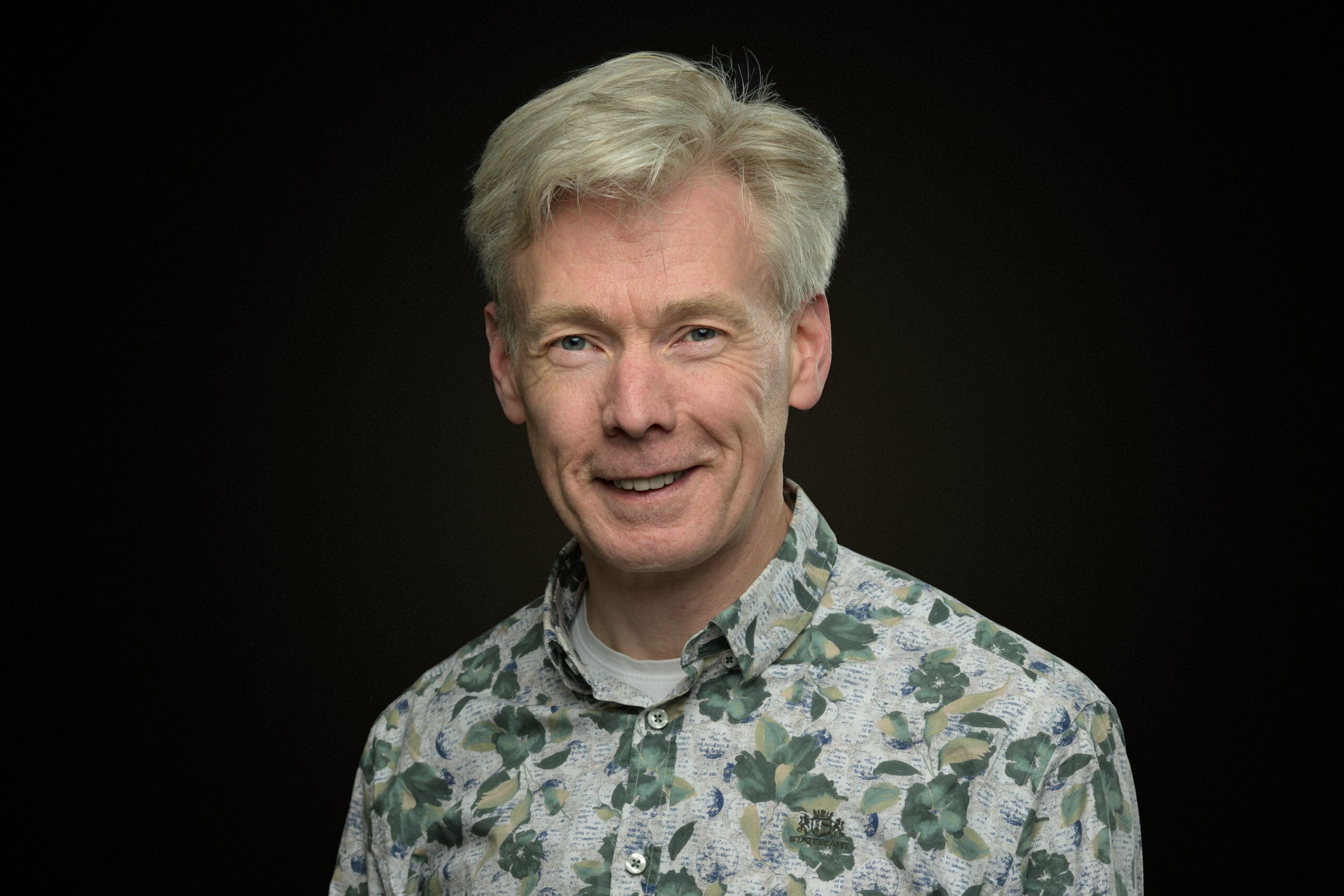Thanks to White Rabbit, all Watches are Synced
Publication
The Netherlands is constructing a network capable of transmitting time with an accuracy of mere billionths of a second. Initially aimed at scientific research applications, it is anticipated that this ultra-precise timing will soon find everyday uses as well.
How Do We Know the Time in the Netherlands?
We check the time on watches, phones, station clocks, church towers, or through TV and radio broadcasts that air at regular intervals. For most daily needs, these time indicators are sufficiently accurate. We rarely question whether the time displayed is correct or ponder where a mobile phone’s time originates. It seems self-evident that clocks show the right time, but a closer look reveals the complex processes involved in synchronizing all clocks.
The official time is “Coordinated Universal Time” (UTC), calculated monthly by the International Bureau of Weights and Measures (BIPM) using a weighted average of about 450 atomic clocks across 85 laboratories worldwide. Each clock’s weight is based on its predictability, as some tick more regularly than others. Since UTC technically exists only on paper, laboratories create a physical time signal closely approximating it.
In the Netherlands, VSL, the national metrology institute, is responsible for realizing and managing national measurement standards, including the physical time standard, known as UTC(VSL). Currently, UTC(VSL) is realized with four atomic clocks, and predictions about their behavior keep it closely synchronized with true UTC. Over the past decade, the difference between Dutch time and UTC has typically been less than twenty nanoseconds.
.

Author
Erik Dierikx MSc
Principal Scientist Electricity & Time
Distributing Time Through a Network
For national timekeepers, it was clear that precise time should be available outside the Delft laboratory. But how to achieve this with utmost accuracy?
With the rise of the internet, protocols for computer synchronization quickly emerged. The most accessible of these is the Network Time Protocol (NTP). The concept is straightforward: a client sends a message to a server with a send timestamp (tTx1); the server marks the reception time (tRx2); and then it sends the message back with a send timestamp (tTx2). The client adds its reception timestamp (tRx1), and assuming equal travel time to and from the server, it can calculate the message’s travel time and the time difference between its clock and the server’s.
NTP allows synchronization with an accuracy of about a millisecond, sufficient for many networks. Several NTP servers, including one linked to UTC(VSL), provide access to the official Dutch time.
Advanced Metrology for Time
However, a millisecond is not always enough. Some Dutch universities and research institutions needed nearly as precise time and frequency signals as UTC(VSL) itself.
Therefore, around 2015, a test was conducted with a new synchronization technique developed at CERN, based on the Precision Time Protocol (PTP) combined with synchronous Ethernet. Unlike NTP, PTP timestamps are determined in hardware, achieving a thousandfold improvement in accuracy.
Sending and returning signals through the same fiber enables nanosecond-level time correction. This method, named White Rabbit after the character in “Alice in Wonderland,” is now part of the IEEE 1588-2019 PTP standard.
Synchronous Ethernet further enhances this by directly linking the server’s packet transmission rate to the atomic clock frequency, allowing the client to adjust its internal clock to match the server’s atomic clock rhythm. Sending and returning signals through the same fiber enables nanosecond-level time correction. This method, named White Rabbit after the character in “Alice in Wonderland,” is now part of the IEEE 1588-2019 PTP standard.
A National Time Distribution Network
The successful synchronization between Delft and Amsterdam became the foundation for a national network to distribute Dutch time from the VSL lab in Delft. SURF reserved wavelengths in its fiber network for time and frequency distribution, partnering with OPNT to build a White Rabbit network.
The first connection was to Delft University of Technology for precise positioning and navigation experiments in the NWO TTW SuperGPS project. Connections soon extended to the European Space Research and Technology Centre in Noordwijk, and to Amsterdam, where universities and Nikhef conduct spectroscopic research to refine atomic clocks and determine natural constants more accurately.
To monitor the time signal’s consistency and accuracy, the network was closed back to Delft via Utrecht and Rotterdam.
Measurements show the networked time deviates less than five nanoseconds from VSL’s lab time, with a relative frequency deviation of less than 1·10^-13 Hz/Hz compared to the 10 MHz signal of UTC(VSL). This precision marks a significant advancement for researchers.
The network is expanding to Eindhoven University of Technology for quantum computing synchronization and to ASTRON for radio astronomy. The goal is nationwide coverage.
White Rabbit and International Time Metrology
The network’s reach may extend beyond Dutch borders. White Rabbit’s precision allows European time laboratories to compare time scales, crucial for UTC calculations. While current measurements rely on satellites, White Rabbit and other fiber methods offer viable alternatives.
Beyond scientific research, precise synchronization is increasingly vital in telecommunications for data processing. A fully synchronized mobile network within nanoseconds could also support satellite-independent navigation and positioning systems, among other applications.